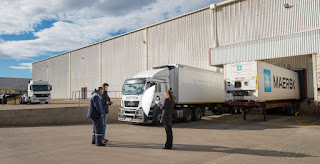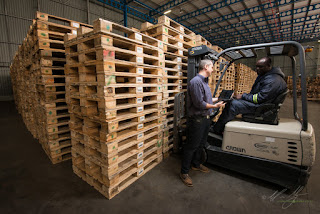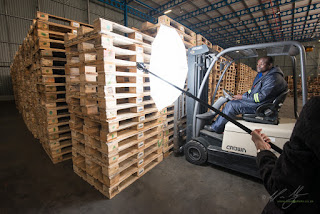 Working commercially to a brief can be really difficult when there isn’t enough time to create exactly what the photographer sees in their imagination. Sadly we just don’t all have the time or the client-base to be able to create photographic wonderlands like those of Ben von Wong or even Annie Leibovitz. Usually you are working fast and with minimal equipment. Knowing the limitation of that equipment is paramount to being able to create the images you imagine, or are inspired to create on the spot.
Working commercially to a brief can be really difficult when there isn’t enough time to create exactly what the photographer sees in their imagination. Sadly we just don’t all have the time or the client-base to be able to create photographic wonderlands like those of Ben von Wong or even Annie Leibovitz. Usually you are working fast and with minimal equipment. Knowing the limitation of that equipment is paramount to being able to create the images you imagine, or are inspired to create on the spot. A particular technique that I have come to use quite a lot for my commercial work is something I call ‘hide the light’. I’m sure there is a proper term for this technique, but basically it involves using a small light and getting far more power out of it than you would ordinarily expect. Anyone with any idea of how lighting works knows that small hotshot flashes have very little output in terms of how much light they have and how far they can throw it. Adding that light into a mix of ambient becomes quite tricky, particularly if you are trying to shoot during the day…outside. What a lot of photographers do is grab expensive, powerful lights like the ProFoto B1s or Elinchrom Quadras. These lights are fantastic, but expensive and quite tricky to setup, let alone lug around if you are shooting fast.

 The answer for me has been to use far smaller and weaker hotshot strobes like the Nikon SB-910 and SB800 and a double exposure. Essentially, all I do is setup the shot and create my ambient exposure. Then, with minimal movement in the frame, I add the lights. Because the lights are underpowered and weak I may end up having to use HSS. This of course means that the light has to be very close. So for the lit shots the flash, it’s stand or an assistant is usually in the frame. This problem is overcome using post-production.
The answer for me has been to use far smaller and weaker hotshot strobes like the Nikon SB-910 and SB800 and a double exposure. Essentially, all I do is setup the shot and create my ambient exposure. Then, with minimal movement in the frame, I add the lights. Because the lights are underpowered and weak I may end up having to use HSS. This of course means that the light has to be very close. So for the lit shots the flash, it’s stand or an assistant is usually in the frame. This problem is overcome using post-production.
Simply layer the two images in Photoshop and mask out the equipment or the assistant. The result is an image where either it looks like you were using far more complex lighting, or that the light is so well ‘hidden’ that it isn’t immediately obvious.
Importantly, you need to previsualise the image and how it will look once layered. If you don't do this properly you might struggle removing the lighting equipment from the final shot. Basically there has be careful placement so that there isn't accidental overlap of the gear with the lit portion of the image.
It's a great technique for run and gun style commercial work. When I have the time I can set up complex lighting arrangements, but the client budget just doesn't allow it. In the images presented here the client is even the assistant as there budget didn't really allow me to bring my own assistant. This technique is also great for this as I don't need to bark instructions to someone who know what they are doing. I just tell the voice activated light stand (i.e. person) to stand 'here'.




No comments:
Post a Comment